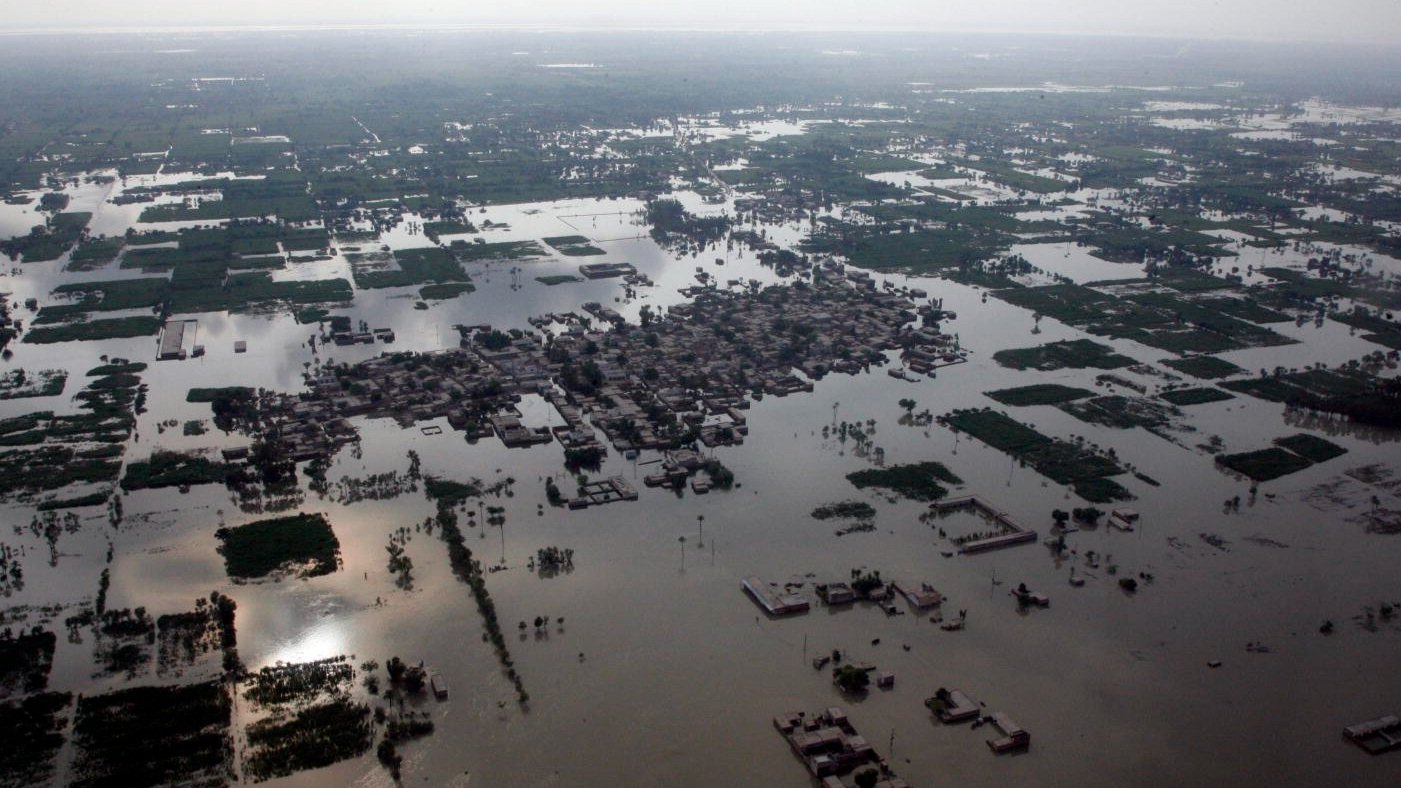Lessons on communication, community engagement and accountability for the Pakistan floods response
Pakistan has endured intense rainfall and severe monsoon weather since June 2022, causing catastrophic flooding and landslides across the country. As of 13 September 2022, an estimated 33 million people have been affected, with 6.4 million now requiring humanitarian assistance. Sindh has been hardest hit by the floods, with the southern province accounting for 88% of damaged or destroyed houses and the highest number of casualties.
While the severity and magnitude of the current crisis is extraordinary, the disaster-prone country frequently experiences floods triggered by seasonal monsoon rains, with some of these events causing major humanitarian crises. In 2010, floods submerged one-fifth of Pakistan’s land mass, directly affecting 20 million people.
The situation for people and families often worsens after a flood as survival forces unthinkable decisions such as selling remaining possessions, relocating and withdrawing children from education. Early information means people are able to make informed decisions about survival without compromising their recovery.
This briefing note outlines key lessons on communication, community engagement and accountability (CCEA) from past flood emergencies in Pakistan, along with recommendations for the current response. Please note that all recommendations must be adapted to the local context.
Key lessons
Pakistan has experienced and responded to floods for decades: support and build on existing systems, networks and experiences that are widely trusted.
People need information now, to make critical decisions for themselves and their families and to protect what they still have.
Cash is likely to be the primary response to the floods: invest early in communication and community engagement to increase its impact.
Diversifying languages will be key.
Understand how information flows to, from and within communities: no two individuals are the same, so be sure to explore different ways to reach people.
Remember that it is easy to exclude people from communication: pay special attention to the needs of vulnerable and marginalised groups.
READ MORE


